Extraordinary green beans might be a more apt name. Oh my gosh were these delicious! You know when you’re reading my blog and I write “make this,” I really mean it? Yup! Make this!
I made a big pot of these beans for our big family birthday celebration recently. And I’ll tell you, discounting one particular young man in the crowd who doesn’t like vegetables, everybody ate these, including the young children. Everybody loved them. Many went back for seconds, and the last one who did was very dismayed to find one tiny bean left. She was most disappointed. Normally 2 pounds of green beans would be sufficient for 12 people. Nope. If I’d had 3 pounds, I think they’d all have been eaten!
Okay, so what makes them different? Well, first it’s the numerous spices – paprika, cumin, coriander, curry powder (but you’d never, ever know there is curry powder in it – curry just adds something to the mixture of complex seasonings), bay leaves, garlic. Maybe it’s the white wine? Maybe it’s the crème fraiche in it (2/3 cup in the 12 servings)? The almonds add lovely crunch (I didn’t take the time to toast them as I should have). Oh, and maybe it’s the golden raisins in there too. I read about this recipe over at Heidi Swanson’s blog, 101 Cookbooks. But she said the recipe came from Anna Getty’s Easy Green Organic.
First off, though, I must say that I altered the recipe slightly. Firstly, intentionally, I cooked the green beans for more than one minute – instead of really crunchy they were still just slightly crunchy. I didn’t add the tofu called for, as I was making this as a side dish. I also reduced the amount of paprika (instead of hot, I used the half sharp and used half the quantity even, of that), and put in just an itty-bitty pinch of red pepper flakes. With young children in our group, I was sure they wouldn’t like a lot of heat. And even so, making a double batch of these, with 1/2 tsp of half-sharp paprika and the tiny pinch of chile flakes, it was plenty warm. I liked the warmth – it was just right in my book. I also used less golden raisins and perhaps a little less of the crème fraiche too, but not by much. So, the recipe below has my modifications. If you want the original, go to Heidi’s blog above. In any case, PLEASE make this. Your taste buds will be richly rewarded.
What I liked: the subtle seasonings – you might think they’d be overpowering, but they were not in the least. You’re aware of seasonings, but that’s all. It has lots of complex flavors. I see why Heidi ate them as an entrée (with tofu). Loved the texture contrasts too (nuts and raisins). Overall, an outstanding dish.
What I didn’t like: nothing at all! Worth making. Just have everything out and ready (I didn’t, so there was a bit of scrambling for things at the last minute). My daughter-in-law Karen was helping with the stirring at the last and I did the running for golden raisins and almonds and crème fraiche. Please make this, though. Okay?
printer-friendly PDF
MasterCook 5+ import file – right click to save file, run MC, then File|Import
Feisty Green Beans
Recipe By: 101 cookbooks, but she got it from Anna Getty’s Easy Green Organic.
Serving Size: 6
NOTES: She suggests using a white wine that you’d want to drink after opening. I used vermouth because that’s all I had available. And for those of you looking to speed things up, you don’t need to slice the green beans, but it was a good call, the sauce gets into all the nooks and crevices. Off the charts fantastic green beans. Reduce hot paprika and/or crushed red pepper flakes if you don’t like the heat.
1 pound green beans — thinly sliced (see photo)
1/4 cup golden raisins
1 tablespoon extra virgin olive oil
2 whole garlic cloves — thinly sliced
1/2 medium yellow onion — finely diced
3 whole bay leaves — or use 1/4 tsp ground bay leaves
1/3 cup white wine — (I used vermouth)
1/4 teaspoon hot paprika — (I used half-sharp paprika – a medium in spiciness – and this is half what the original recipe called for)
1 teaspoon ground cumin
1 teaspoon ground coriander
1/2 teaspoon curry powder
1/2 teaspoon salt
1 pinch crushed red pepper flakes — (use a very small amount)
2 tablespoons unsalted butter
1/4 cup crème fraîche — or sour cream
1/4 cup sliced almonds — toasted
1/3 cup cilantro — finely chopped
salt and pepper to taste (it may not need any)
1. Cook the green beans in a pot of well-salted boiling water for about 2-3 minutes, until they’re just barely cooked. Drain and dunk in ice-cold water to stop the cooking. Drain again and set aside.
2. In a small bowl cover the raisins with scalding hot water for five minutes, drain and set aside.
3. Heat your largest skillet over medium heat. When the pan is hot, add the oil, onion, and bay leaves. Cook for 5 minutes, or until the onions are cooked; add the garlic during the last minute. When the mixture starts to brown just a bit, add the wine and cook until it has mostly evaporated. Carefully remove the bay leaves. Stir in the paprika, cumin, coriander, curry powder, salt, crushed red pepper flakes. Stir in the raisins and cook until heated through, a minute or so. Add the butter and green beans and stir until the butter has melted. Remove from heat and stir in the crème fraiche, then most of the almonds and most of the cilantro. Taste and add more salt and some pepper if you like. Serve topped with any remaining almonds and cilantro.
Per Serving: 179 Calories; 12g Fat (61.1% calories from fat); 4g Protein; 14g Carbohydrate; 3g Dietary Fiber; 19mg Cholesterol; 193mg Sodium.





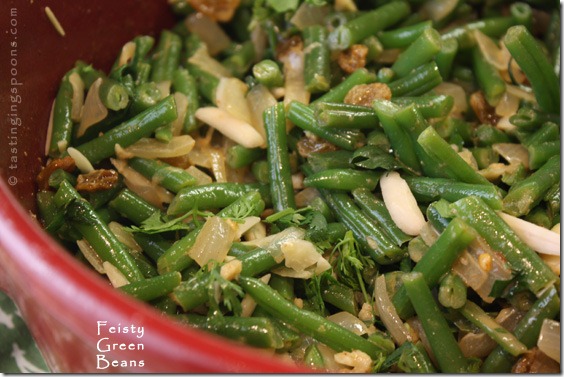

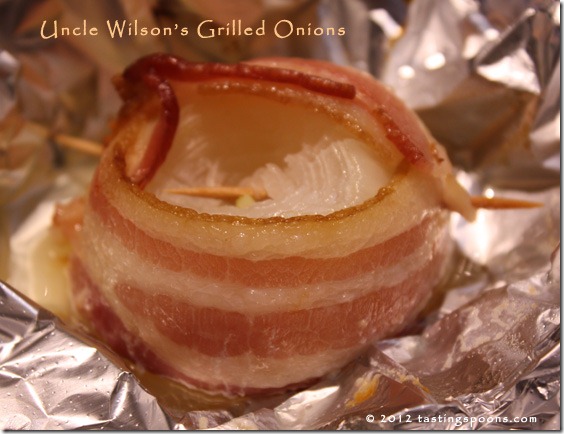
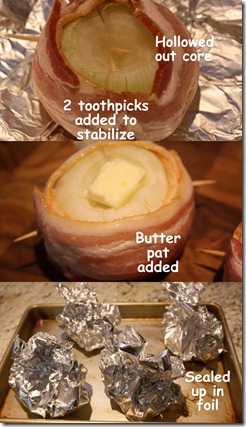
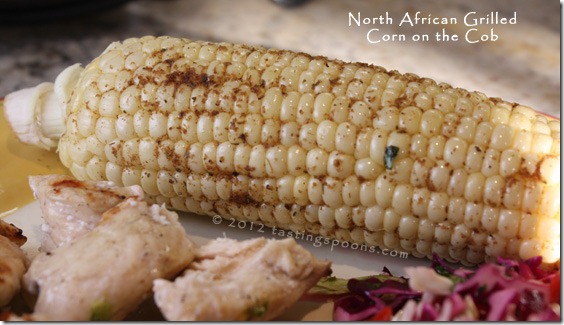

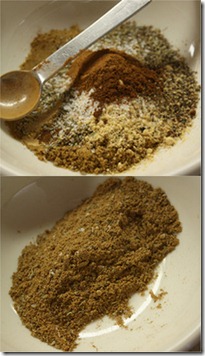
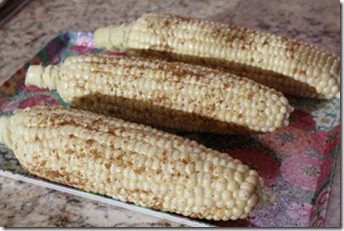
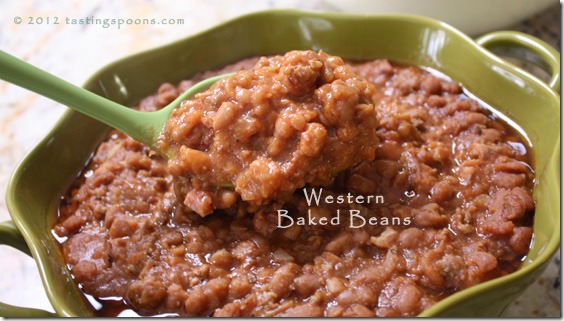
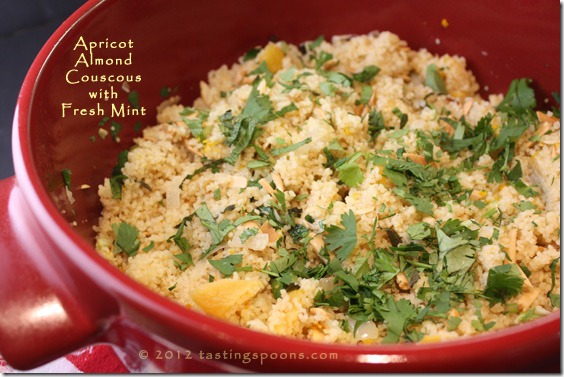
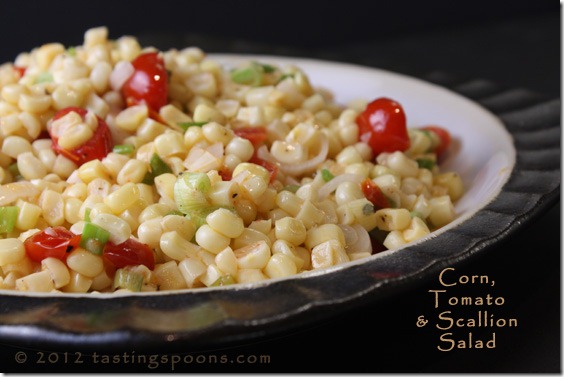
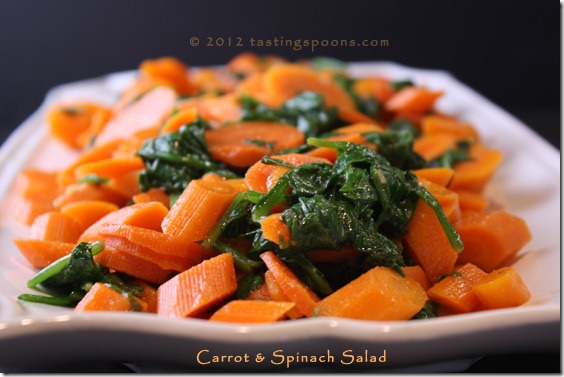
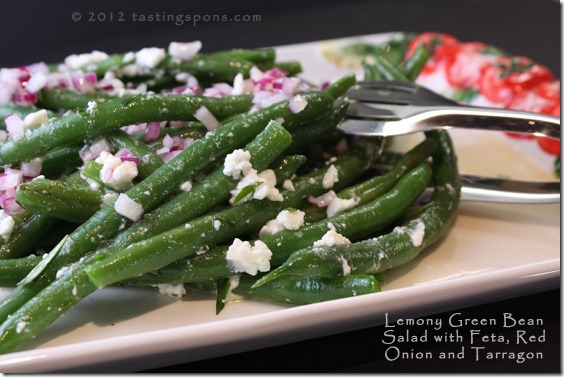
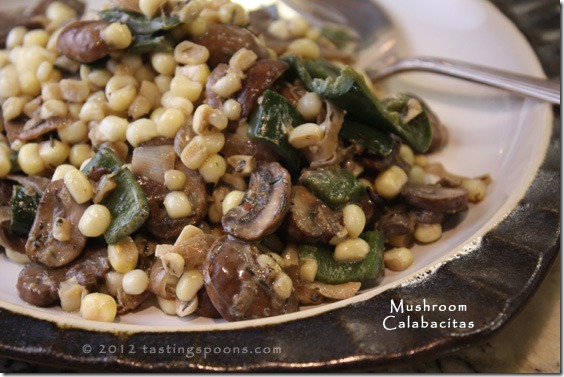
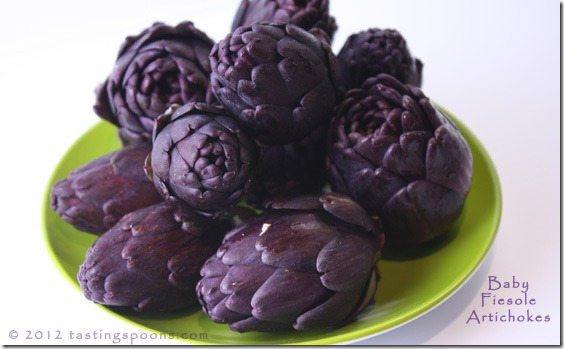
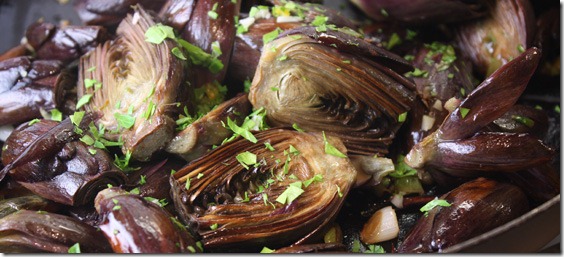
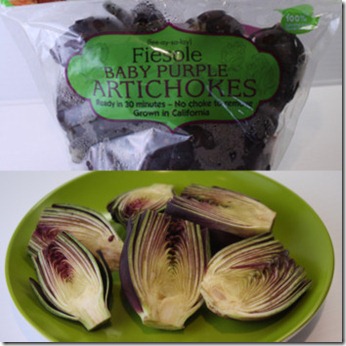
Leave a Comment!